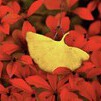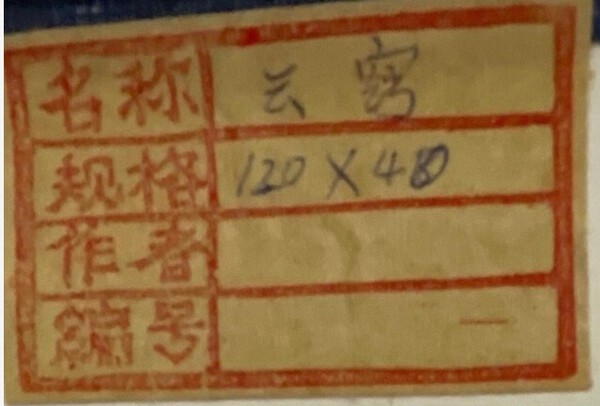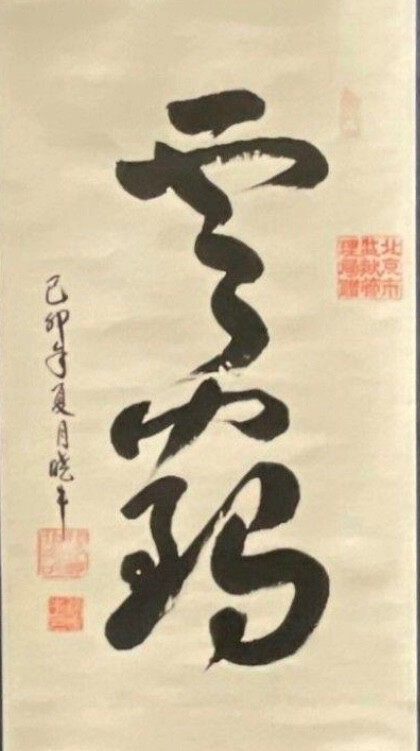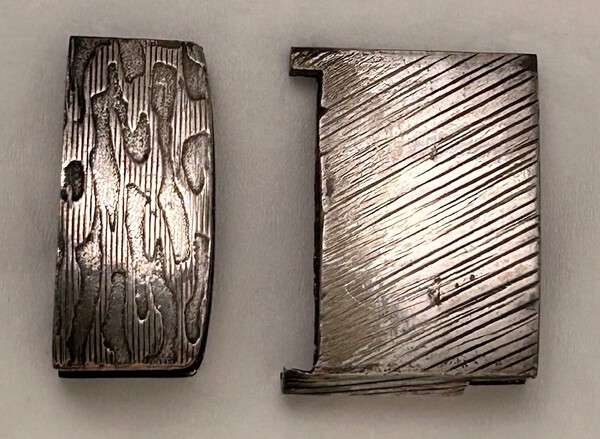-
Posts
1,922 -
Joined
-
Last visited
-
Days Won
5
Content Type
Profiles
Forums
Events
Store
Downloads
Gallery
Everything posted by Mark S.
-
I have a wakizashi with a mei reading simply “Nobukuni Heishiro”. After research, this mei is associated with Chikuzen Yoshimasa (one of 3 generations), but usually “Nobukuni Heishiro” is a part of a much longer mei and usually reads: “Minamoto Nobukuni Heishiro Yoshimasa”. I am wondering if anyone has any thoughts about which generation might have signed this way? Or speculation for the shortened mei? My only thought is possibly this is an early blade of the second or third generation and the blade was made/signed while still working under the earlier generation and before assuming the role as head of the family name? Other thoughts?
-
Mumei - Den Kai Mihara Masamori katana was my first ‘real’ nihonto purchase and holds a near and dear place in my heart. Still love looking at that blade after all these years.
-
Redefining yokote is a normal part of a polish. This assumes no other damage and enough material left.
-
So then this begs the obvious follow-up… what was before? Simply stored in koshirae all the time - which is currently believed to be detrimental to blades for long-term storage?
-
Ouch
-
Well, I can only see the picture of the nakago you provided so I can’t comment on rest of the blade. A couple things to consider: 1) While any blade has the potential to be faked, ‘usually’ bigger, more famous smiths have a higher likelihood of gimei. There is much less profit in faking a less known smith. But of course it is still possible. 2) The nakago may not appear old due to cleaning or other abuse. Someone may have damaged/removed the patina before you got the blade. 3) Maybe this is a later blade and smith simply wasn’t recorded… aka “meikan-more”. 4) Didn’t have much time to compare with papered example I provided, but the relatively ‘square/straight’ mei style seems close. Of course I don’t know if this smith signed in the two character style, or only in the longer style as noted in the Sesko reference. Just some things to consider, and I am commenting off a single picture of a portion of the nakago.
-
Listing: https://www.samuraimuseum.jp/shop/product/antique-Japanese-sword-katana-signed-by-enju-kadokuni-nbthk-tokubetsu-hozon-certificate/
-
I believe Kadokuni is correct translation. Only one listed in Sesko’s A-Z smiths: KADOKUNI (門国), Tenshō (天正, 1573-1592), Higo – “Kikuchi-jū Kadokuni” (菊池住門国), Sue-Enju school, it is said that an earlier generation Kadokuni had worked in Kikuchi already during the Hōtoku era (宝徳, 1449-1452), his name is in some sources quoted as Hirokuni
-
Deleting old and creating new seems to have worked.
-
iPhone user. Did anyone else’s home screen NMB link stop working recently? I now have to go through Google to get in. Will try deleting and creating a new link but just wondering if there was a glitch… or I’m the glitch?
-

What are your thoughts on this signature?
Mark S. replied to Mark's topic in General Nihonto Related Discussion
-
It’s a Tart Fest! $180.
-
I hate a good cause… $120 from me.
-
This is what I do as well, except on newly polished blades. But I do wonder if I should be concerned about ‘oxidation’? Not rust per se, but a ‘greying’ of the blade? If in a controlled, relatively dry environment, stored in shirasaya, is this a concern?
-
Thank you both so much!
-
-
Way out there guess. Could this have something to do with “Mu” or nothingness?
-
Came across this scroll. Anyone able to give this a shot? Unfortunately, this very artistic style of calligraphy is beyond my meager abilities. Thank you in advance.
-
A few on-line listings (usually for small items like shorter yari) will state something along the lines of “due to small size of item, no registration is needed and we can ship immediately”. Usually, the seller determines this on a case by case basis as they are ultimately responsible for getting item out of Japan. Best to ask them directly as to what they will/can do or not.
-
-

Want to get shirasaya made
Mark S. replied to bloodycarrots's topic in General Nihonto Related Discussion
PM sent -

Want to get shirasaya made
Mark S. replied to bloodycarrots's topic in General Nihonto Related Discussion
Working on it. I have only had a shirasaya made as part of the polishing process so have not had direct contact with him. Let me see what I can do. -

Want to get shirasaya made
Mark S. replied to bloodycarrots's topic in General Nihonto Related Discussion
I’ve used Mike Virgadamo Because everything is determined by amount of work, size of blade and if you have habaki or he needs to make wood habaki integral with shirasaya, you are probably looking at $300 to $600 (ESTIMATED) plus shipping (your blade to him and then the shipping back). -
Thank you Mal. One of the Katsunaga blades you referenced was my first ever blade I owned and I have always been on the look-out for other references. I appreciate your efforts. Hopefully someday, we will get a better picture of who this smith(s) / shop was. These blades do seem to be outside the normal military system/channels and the wide variety of mei styles / blade styles / mountings has always been a bit of a mystery.










